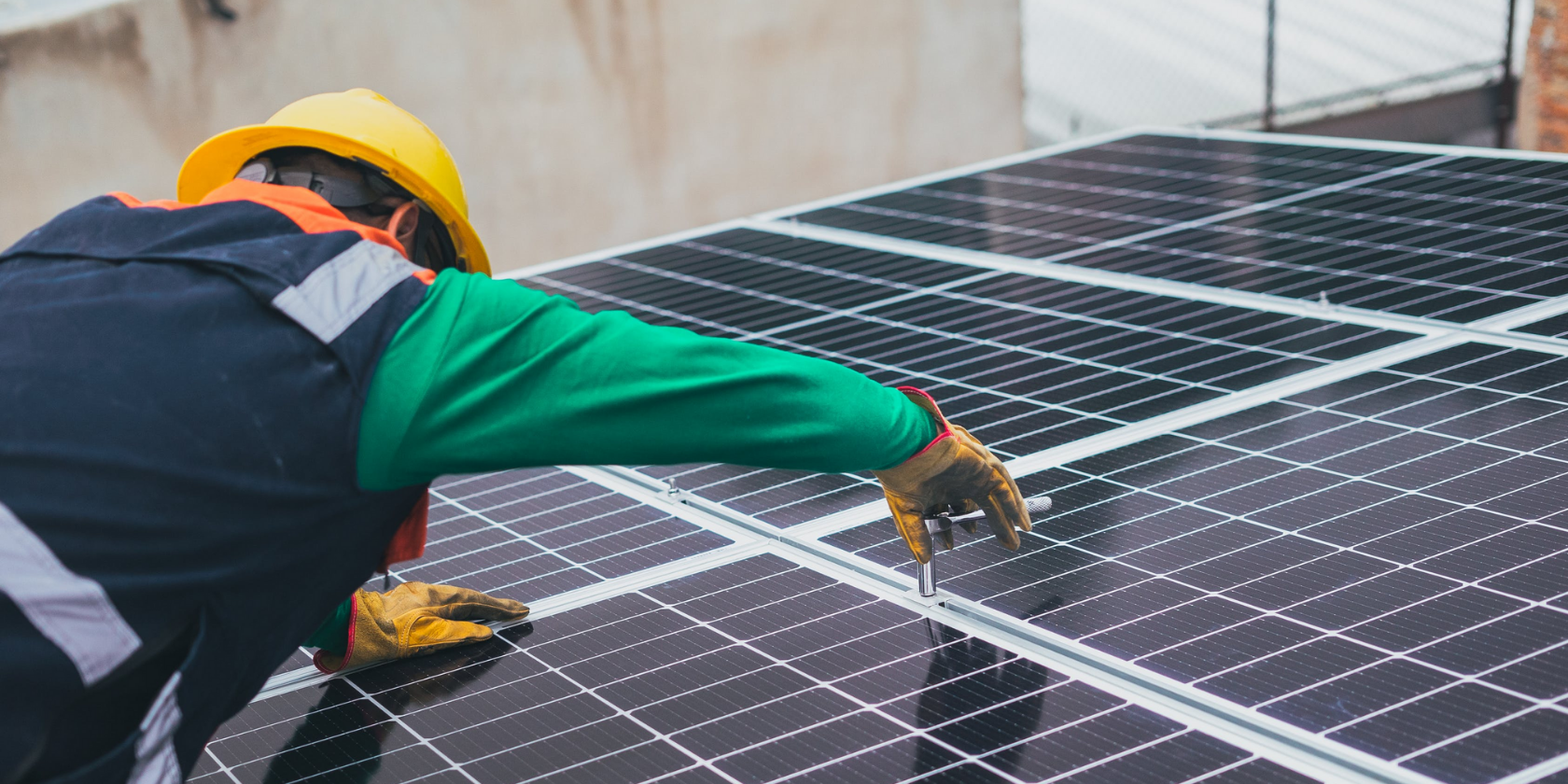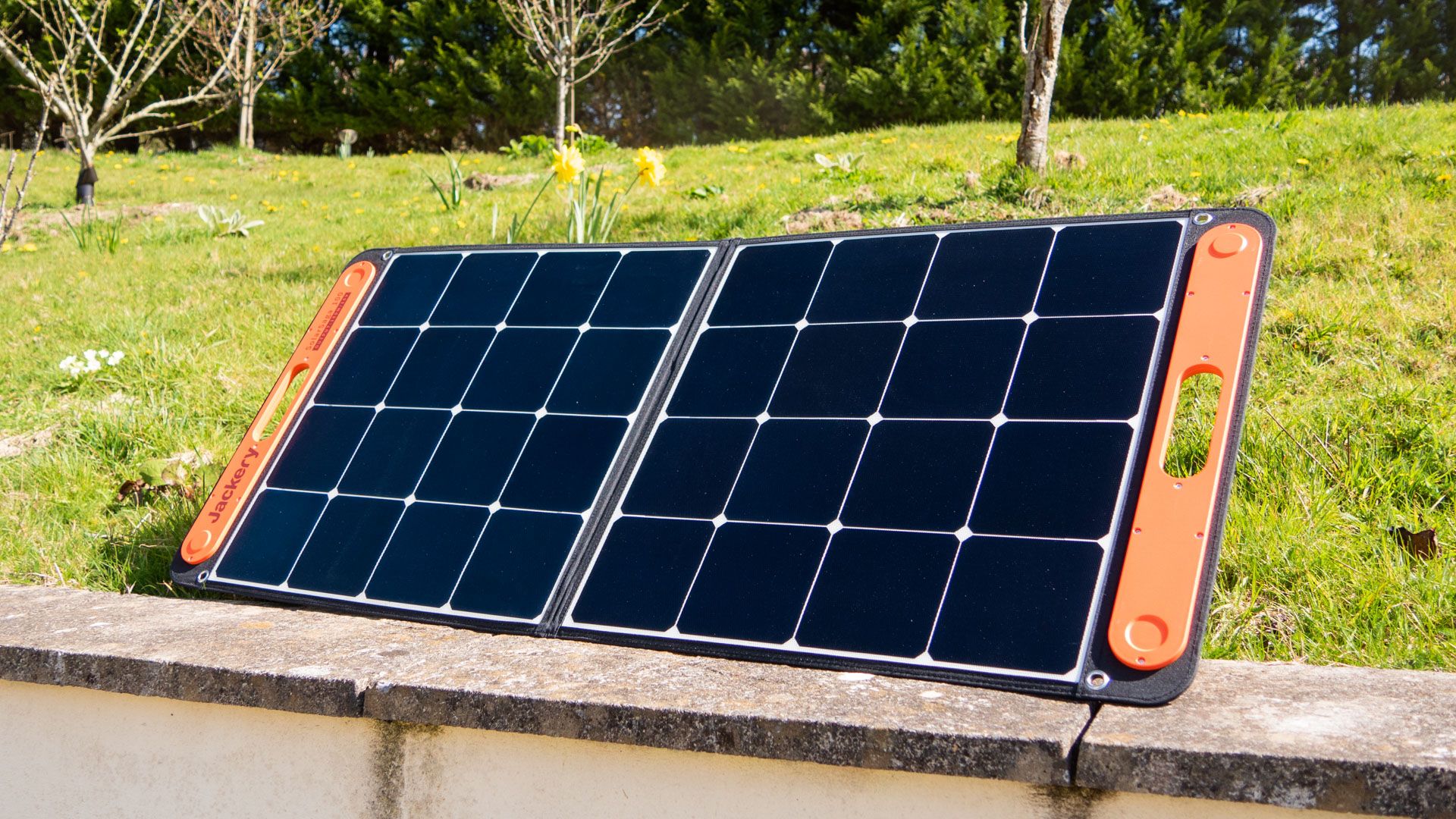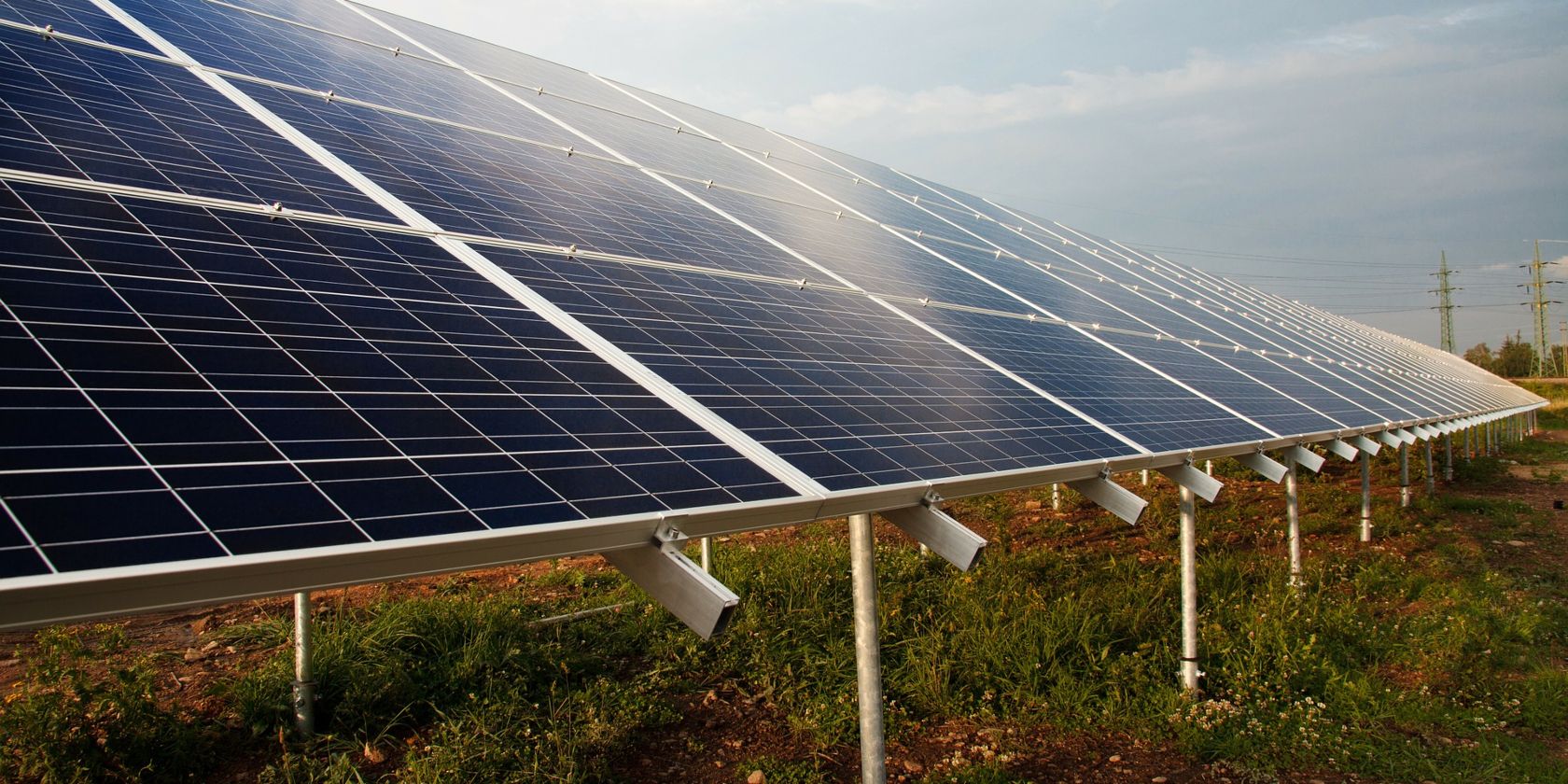With the rising cost of electricity from conventional sources, using solar panels to generate it is increasingly becoming a no-brainer to many families. And since the cost of installing solar panels is decreasing rapidly, there’s been no better time than now to make them a part of your home.
In this article, we'll help you get a clear idea about the cost of installing solar panels, the factors that affect their price, how they are installed, and most importantly, how much you can expect to save by installing them.
How Much Do Solar Panels Cost?
As per the Center of Sustainable Energy, the average cost of solar panel installation ranges between $15,000 and $25,000. At the affordable end, you can install a system for around $5,000. At the higher end, you can opt for a Tier 1 solar panel system that could cost $40,000 or even more.

After considering the federal solar tax credit, the cost of a 10 kW solar panel installation in the United States ranges from $17,612 to $23,236. The gross pricing can be anywhere between $23,800 to $31,400—meaning $2.38 to $3.14 per watt—from which 26% tax credit will be factored.
If we calculate the cost of solar panels for a three-bedroom house, it amounts to around $18,500 for a 6kW solar panel system for a 1,500 square ft. home. The price per watt for solar panels can range from $2.50 to $3.50.
Most residential solar panels have a power range of 3kW to 8kW and can be installed for a price between $9,255 and $24,552. Installing a larger solar panel system for your home will reduce the cost per watt.
Factors That Affect Solar Panel Price
There are a lot of factors that affect the overall solar panel installation costs. In actuality, the panels account only for approximately a quarter of the total installation expenses. The remaining price is made up of labor charges, operational costs, and other supplies such as inverters.

Here are some factors that affect solar panel installation costs:
1. System Size
A solar panel system's size has a significant impact on the cost of installation. The size of a solar panel system is measured in kilowatts (kW), which measures the maximum amount of power that a solar panel system can produce under ideal conditions.
The size of the solar energy system depends on the amount of electricity (kilowatt-hours) your household consumes and how much you want to cut your electric bill. If your electricity consumption is high, you will require a bigger system to cover your electricity costs.
Larger systems, however, often have lower cost-per-watt since the equipment can be purchased in bulk and other overhead expenses are spread across a bigger structure.
2. Location
The location of your residence affects the solar panel cost in a few ways:
- If you get less sunlight at your location, you will require more solar panels to cover your electricity requirements, and ultimately it will cost you more.
- The costs can be lowered if you qualify for state and local incentives. The federal solar tax credit of 26%, often known as the Investment Tax Credit or ITC, significantly decreases solar installation costs, but there are also a range of state and municipal solar subsidies and tax incentives that can aid cut expenses.
- Market conditions including competition between solar panel installers, work volumes, business overhead expenses, labor costs, and various state and local legislation can all influence solar panel cost.
3. Equipment Type and Manufacturer
The brand of equipment used dictates the overall solar panel price. While certain solar manufacturers' panels are more expensive than others, it does not necessarily equate to superior performance.
For example, Jinko Solar's panels are significantly less expensive than premium manufacturers like SunPower, but they offer the same features and have excellent customer ratings.
Along with the solar panel brand, other equipment like inverters and the racking system will also affect the end cost of installation. Weather conditions such as heavy snow or hurricanes may demand a more sturdy racking setup, which will increase the cost.
How Are Solar Panels Installed?

After you sign your solar contract, there are five major procedures that must be executed before the solar panels on your roof can power your electrical appliances:
1. Engineering Site Visit
After signing a contract with a dealer, an engineer will visit your home to assess the electrical status and ensure that everything is compatible with your new energy system. During the visit, the engineer will examine the condition of your roof, electrical panel, roof type, angle of roof, shading, etc.
2. Permits and Documents
Installing solar panels involves a lot of paperwork. You’ll be applying for state and federal solar incentives, clean energy financing initiatives like PACE, solar renewable energy certificates (SRECs), and building permits. Luckily, it will all be handled by the installer.
3. Ordering Equipment
It's likely that by this point, you’ll have already selected what equipment your system will include. However, you should evaluate the brands of solar panels and inverters. Apart from the price, compare brands based on their durability, efficiency, and appearance.
4. Solar Panel Installation
Your solar installer will begin by preparing your roof and ensuring that the shingles or tiles are properly fastened to the roof structure. They will then install wiring that will connect to your electrical panel and general power system. Next, they will install racking, place solar panels into it, and connect inverters to the panels.
5. Approval and Interconnection
Before you can flip the switch, a representative from your town government will inspect the system and give approval. After the inspection, you will be ready for the grid connection. You might have to wait for two weeks to a month for the approval to come and the interconnection to go operational.
How Much Can You Save by Installing Solar Panels?
You can reduce your power bill by up to 75% by switching to solar panels. In the US, residents usually spend between $100 and $200 per month on electricity, with an average annual energy expense of $1500.
A widespread myth is that solar panels can completely eliminate your electricity costs. They can't, at least not yet. However, they can indeed cut your monthly electricity expenditure by a significant amount. Depending on how much you pay upfront, you can expect to break even in 7-10 years.
Save on Electricity Costs With Solar Panels
Whether you are aiming to lower your electricity expenses or reduce your carbon footprint, the benefits of solar panels are hard to overlook. Invest the time to obtain all of the necessary information including house size, solar insolation, current electricity rates, and your yearly consumption. Go about the installation process wisely and make it worth the investment!
0 Comments